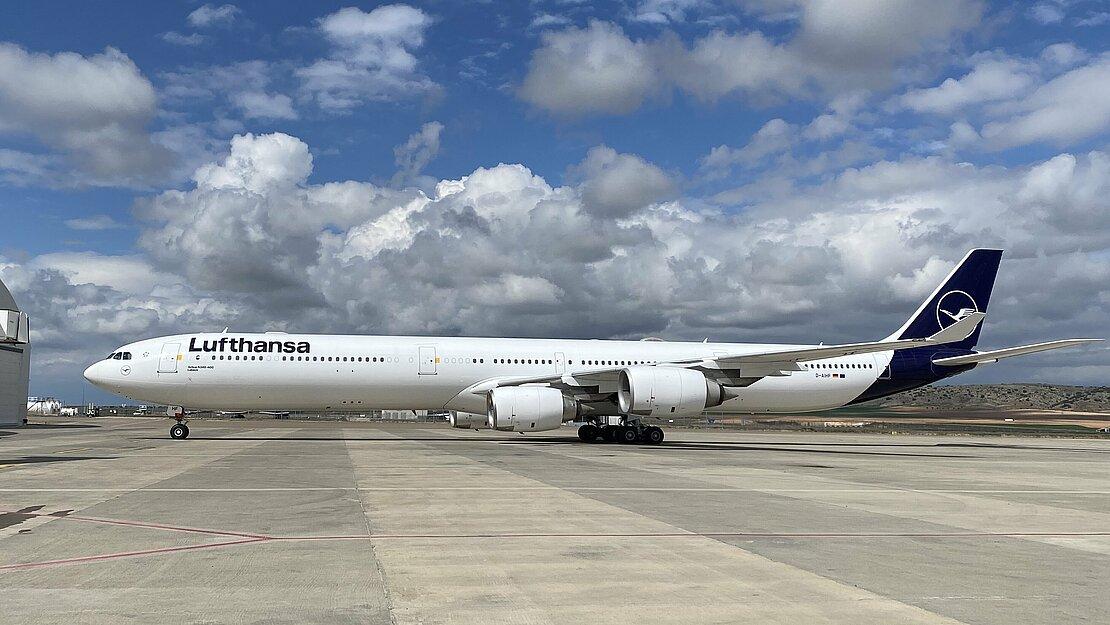
Credit: Lufthansa
FRANKFURT—Lufthansa Group CEO Carsten Spohr now expects the U.S. to reopen air travel for fully vaccinated international passengers by the end of September, a step that could be a key milestone in the airline’s recovery. Spohr’s forecast came after the Biden administration said it is working on a...
Subscription Required
This content requires a subscription to one of the Aviation Week Intelligence Network (AWIN) bundles.
Schedule a demo today to find out how you can access this content and similar content related to your area of the global aviation industry.
Already an AWIN subscriber? Login
Did you know? Aviation Week has won top honors multiple times in the Jesse H. Neal National Business Journalism Awards, the business-to-business media equivalent of the Pulitzer Prizes.
